Description
The “Manual of Geriatric Anesthesia” is a specialized resource that focuses on the anesthetic care and perioperative management of elderly patients, addressing the unique physiological, pharmacological, and clinical considerations associated with the geriatric population. Geriatric anesthesia is a distinct subfield of anesthesiology that recognizes the complex needs and challenges of older adults undergoing surgical or medical procedures. Here’s an overview of what you can expect from this manual:
- Geriatric Population:
- The manual centers on the demographic of elderly patients, discussing the specific age groups and the physiological changes that come with aging.
- Physiological Changes:
- It covers the age-related physiological changes in older adults, including alterations in cardiovascular function, pulmonary function, renal function, and metabolism.
- Preoperative Assessment:
- Comprehensive preoperative assessment is vital in geriatric anesthesia, and the manual guides practitioners on how to evaluate the health status of elderly patients, addressing comorbidities, frailty, and cognitive function.
- Anesthesia Techniques:
- The resource discusses anesthesia techniques and agents suitable for elderly patients, taking into account factors such as altered drug metabolism and sensitivity.
- Pharmacological Considerations:
- Proper dosing of anesthetic drugs and medications for older adults is a crucial aspect of geriatric anesthesia and is covered in detail.
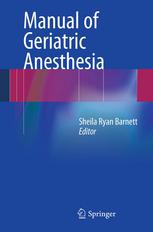
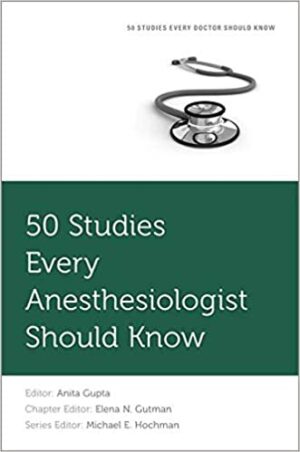
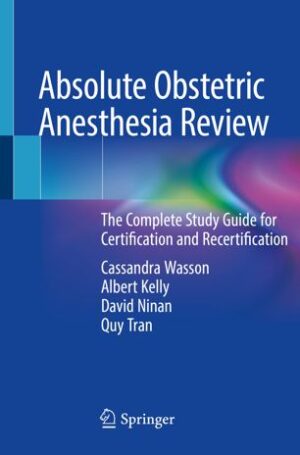
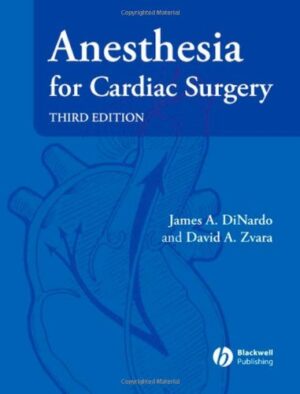
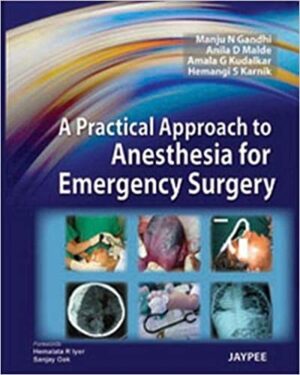
Reviews
There are no reviews yet.